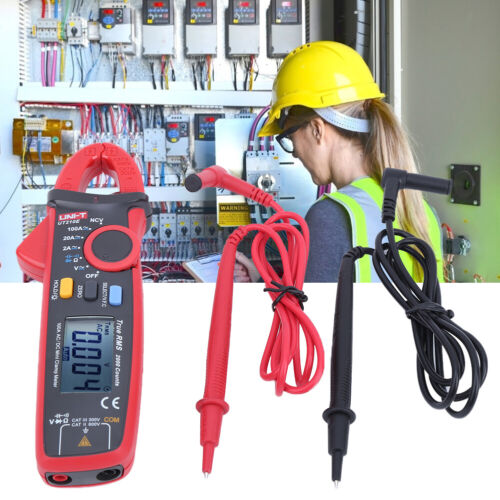- Apr 6, 2019
- 5,019
- 10,159
- Funster No
- 59,702
- MH
- RV
- Exp
- FourWinds Windsport 6.8L V10
Hi.
So you inherit some solar panels on a MH. How can you simply test how well they are working after 10+ years?
Thanks all...... Multimeter at the ready.
So you inherit some solar panels on a MH. How can you simply test how well they are working after 10+ years?
Thanks all...... Multimeter at the ready.


